No products in the cart.
NEWS
Extend Your Garden: Top Vegetables to Plant After Tomatoes in Fall
As the vibrant summer garden begins to fade, signalled by the slowing production of cherished tomatoes and other warm-weather favourites, a touch of melancholy can set in. The cooler air and shortening days naturally tell these plants their cycle is complete, prompting seed production before they decline. While this is a natural part of the seasonal rhythm, it can leave your garden looking bare and your daily harvest significantly diminished.
But the end of tomato season doesn’t have to mean the end of your fresh produce. With thoughtful planning and the right approach, you can seamlessly transition your garden space into a thriving late-season or even winter garden in suitable climates. This practice, often called succession planting or follow-on cropping, involves replacing finished crops like tomatoes with vegetables that flourish in cooler conditions. By doing this, you maximise the use of your garden beds and can enjoy a continuous yield well into the cooler months, bringing fresh flavour to your table long after summer’s peak.
Preparing Your Garden Bed After Tomatoes
Tomatoes are heavy feeders, drawing significant nutrients from the soil throughout their long growing season. Before introducing new crops, it’s crucial to revitalise the soil to ensure your fall vegetables have the resources they need to thrive.
Start by carefully removing the spent tomato plants, including roots, to clear the bed. Next, gently turn over the soil, breaking up any compaction. This is the ideal time to incorporate fresh organic matter. Mixing in a generous layer of well-rotted compost or aged manure will replenish lost nutrients, improve soil structure, and provide a healthy foundation for your new plantings. This simple step makes a significant difference in the success of your fall garden.
Timing Your Fall Planting for Success
Successful fall gardening hinges on timing. The goal is to select cool-season vegetables that will mature before the first hard frost date in your region. This requires a bit of planning and knowledge of your local climate.
Consulting a local agricultural resource or weather service for the approximate date of your first expected frost is essential. Once you have this date, check the “days to maturity” on your seed packets. Count backward from the frost date, adding a week or two as a buffer, to determine the latest possible sowing or transplanting date for each vegetable. Fast-growing varieties are particularly valuable for this late-season push. If a vegetable’s maturity time is longer than your remaining frost-free period, consider starting seeds indoors in pots or trays a few weeks earlier to get a head start, then transplanting the seedlings out as space becomes available and temperatures cool down. Alternatively, look for seedlings at a local nursery.
Best Vegetables to Grow After Tomatoes for a Fall Harvest
Many delicious and nutritious vegetables prefer the cooler temperatures of autumn and are perfect candidates for planting after your tomatoes finish producing. Here are some top performers:
Leafy Greens: Fast & Nutritious
Leafy greens are quintessential cool-season crops, offering rapid growth and a wealth of nutrients. Harvesting them fresh from the garden in fall and early winter provides a unique taste of the season. Many varieties are quick to germinate and mature, making them ideal follow-on crops.
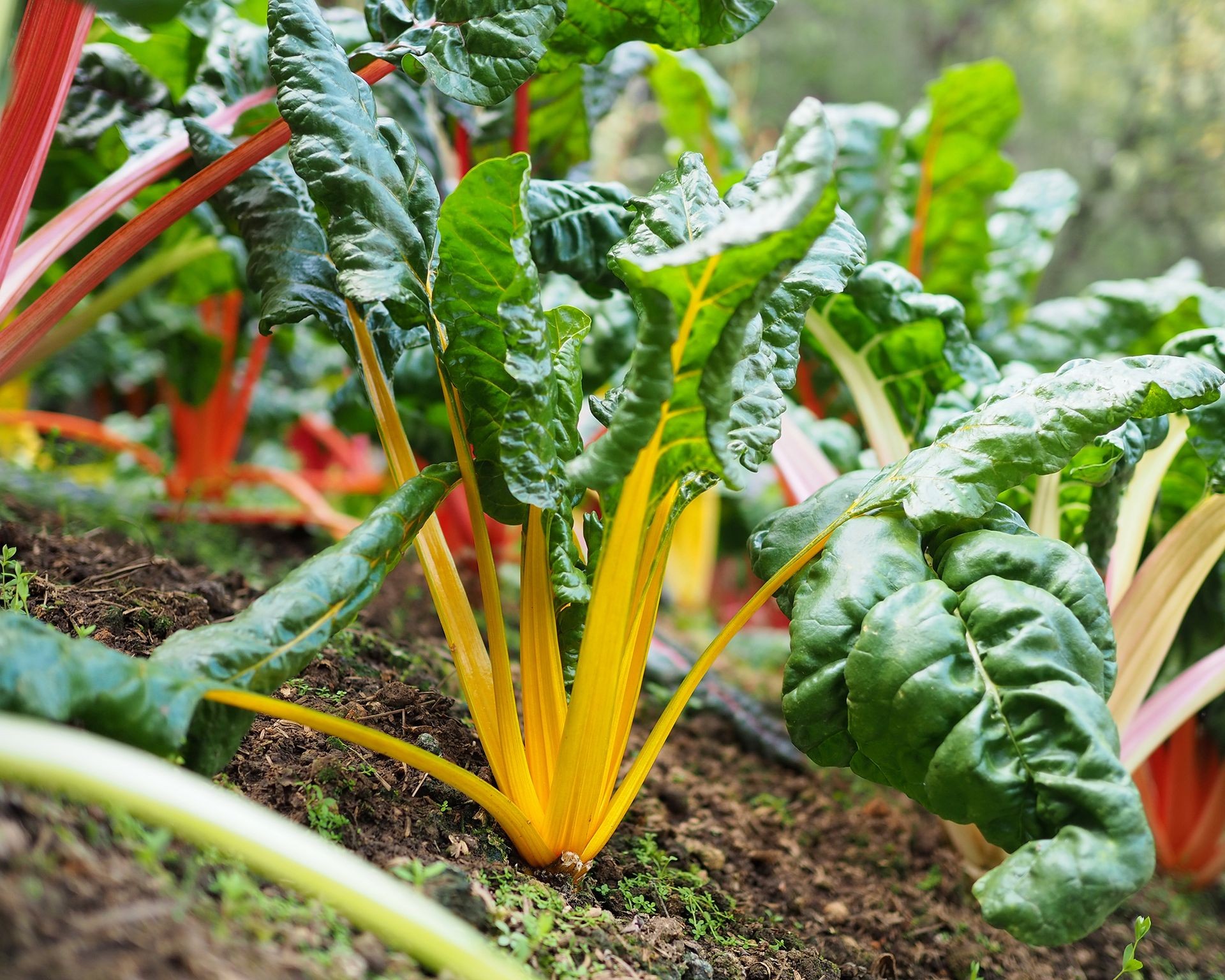 Vibrant Swiss chard growing in a garden bed, part of a fall leafy greens harvest
Vibrant Swiss chard growing in a garden bed, part of a fall leafy greens harvest
Consider spinach, arugula, mustard greens, and various types of kale and lettuce. Many of these can be grown using the “cut-and-come-again” method, where you harvest only the outer leaves, allowing the plant to continue producing new leaves for multiple harvests from a single planting. This extends your yield significantly.
Root Vegetables: Below the Surface Bounty
Root vegetables like carrots, beets, radishes, rutabagas, and turnips thrive when planted in cooler soil. Their seeds germinate well in moderate temperatures, and the roots develop nicely underground even as temperatures drop.
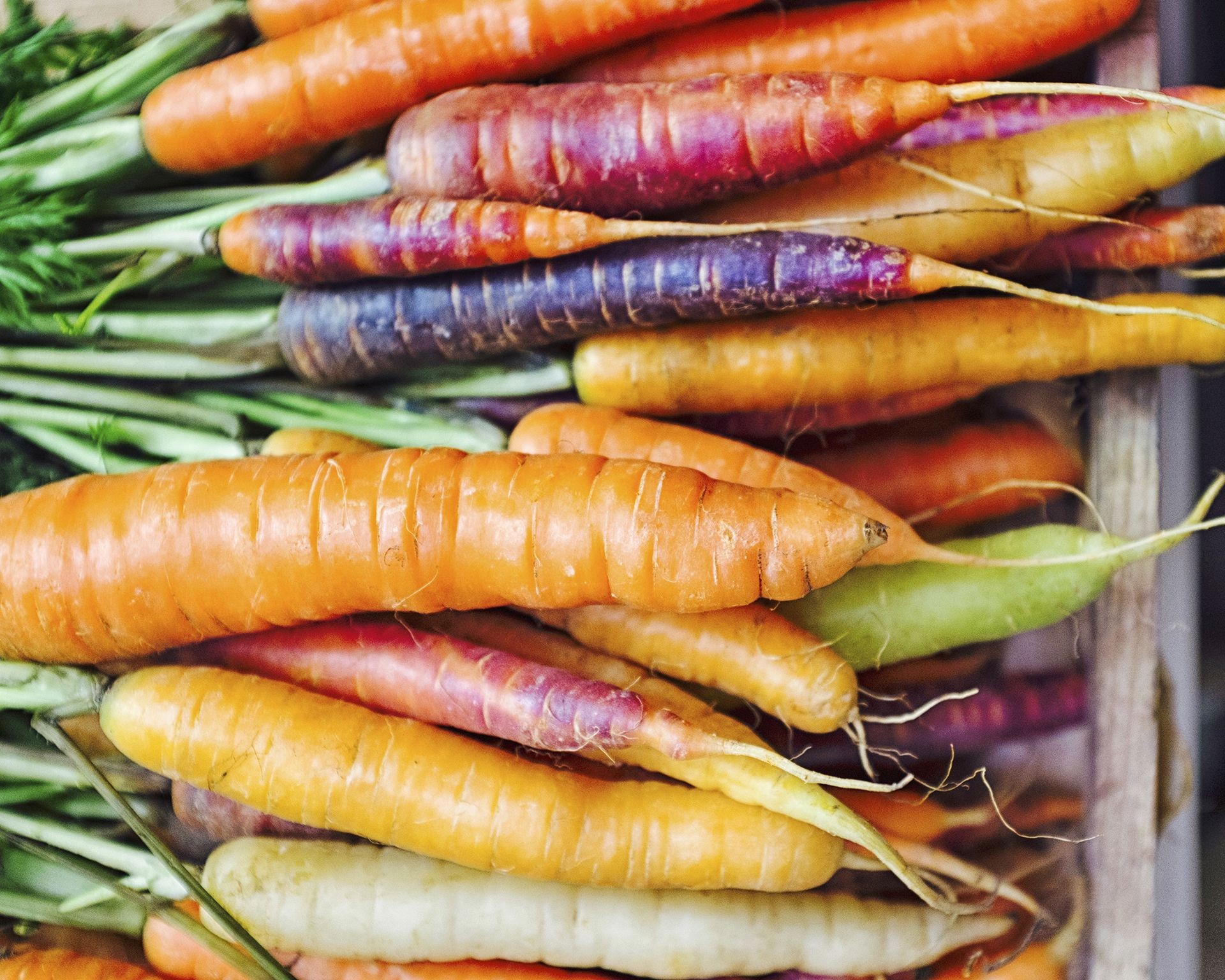 Assortment of freshly harvested, multi-colored carrots displayed in a wooden crate, perfect fall root vegetables
Assortment of freshly harvested, multi-colored carrots displayed in a wooden crate, perfect fall root vegetables
Aim to sow most root crops about 10-12 weeks before your first expected frost, although quick-maturing radishes can be ready in as little as three to four weeks. Thinning the seedlings early is important to prevent overcrowding, which can lead to smaller or distorted roots. The thinnings can often be added to salads! Applying a layer of organic mulch (like straw, hay, or shredded leaves) around the plants helps regulate soil temperature, retains moisture, and protects the roots from potential frost heave.
Peas: Sweet Pods for Cooler Days
Peas are a delightful addition to the fall garden. They are quite cold-tolerant, with some varieties withstanding temperatures into the high 20s°F (-7°C).
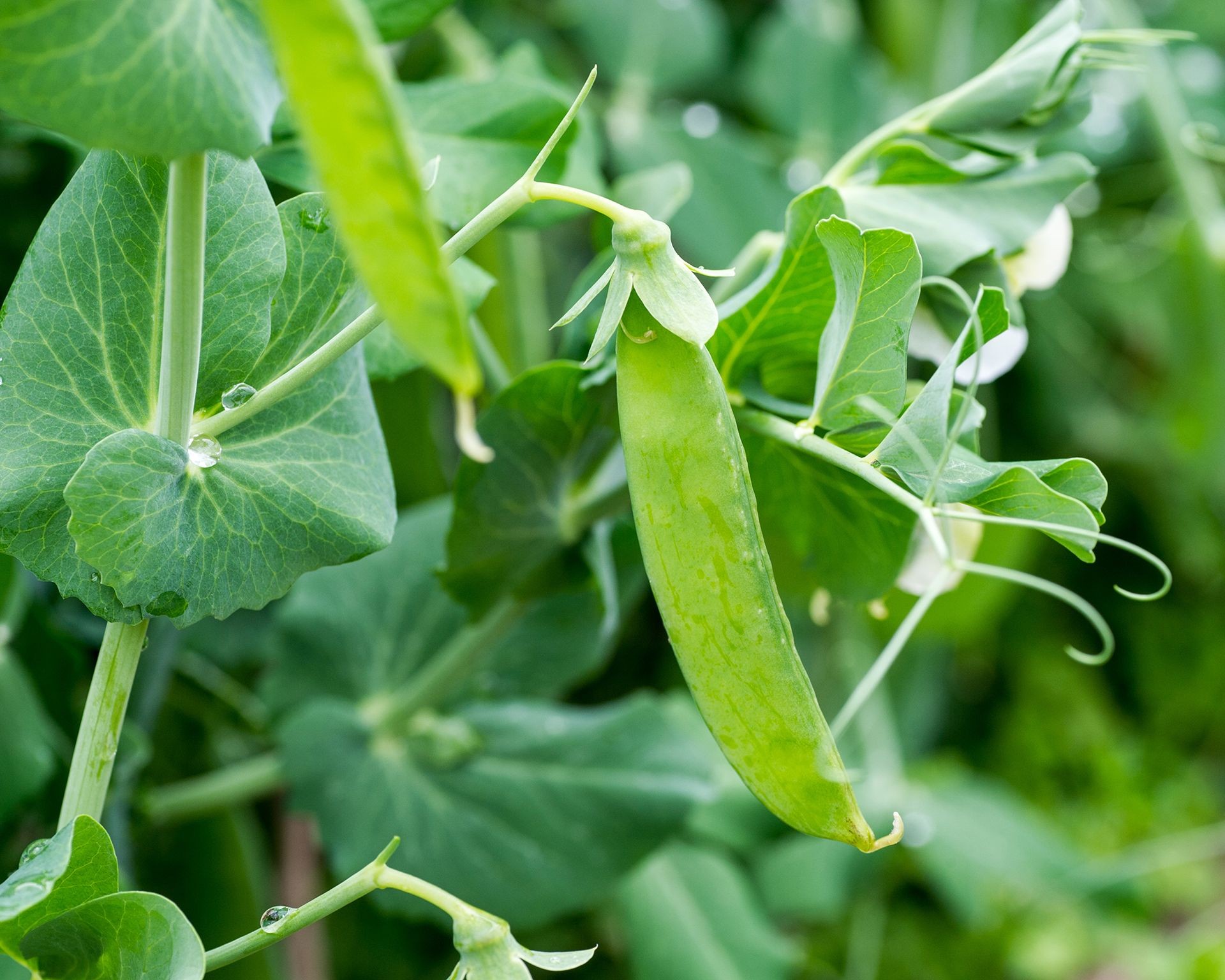 Close-up of healthy pea pods growing on the vine, a sweet yield from a cool-season planting
Close-up of healthy pea pods growing on the vine, a sweet yield from a cool-season planting
Sow pea seeds about two months before your first frost date. While shelling peas take the longest to mature, snap peas and snow peas can produce delicious pods in 8-12 weeks. If you plant while late summer heat lingers, providing some shade during the hottest part of the day can help them establish. Mulching also helps keep their roots cool and moist.
Lettuce: A Cut-and-Come-Again Favorite
Lettuce is an excellent choice for following tomatoes because it prefers cooler conditions and matures quickly, often ready for harvest in 30-70 days depending on the variety.
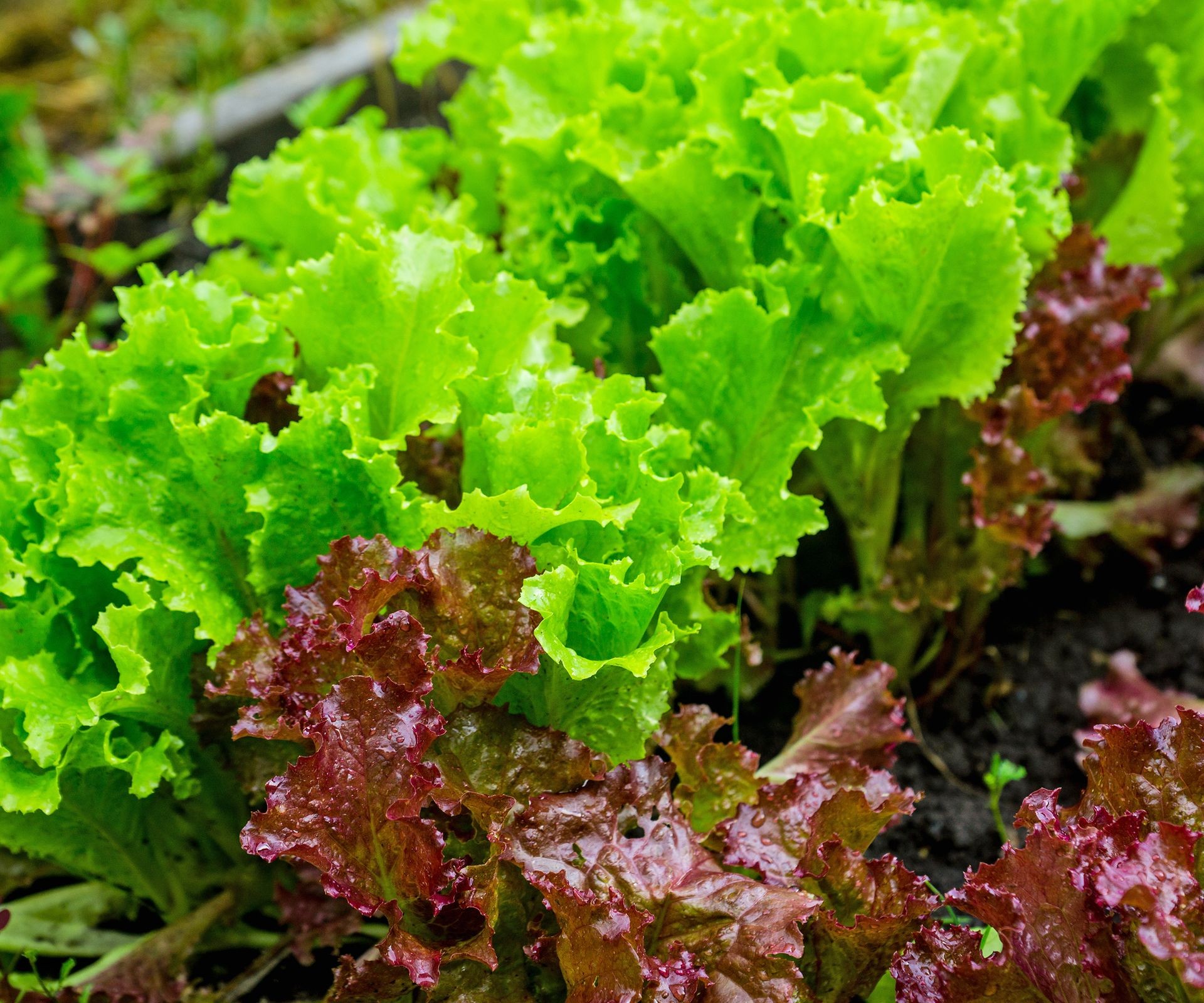 Lush green lettuce leaves thriving in the garden, ready for a fresh cut-and-come-again harvest
Lush green lettuce leaves thriving in the garden, ready for a fresh cut-and-come-again harvest
Succession plant lettuce seeds or seedlings every week or two to ensure a steady supply well into the cold season. Many varieties are perfect for the cut-and-come-again technique, offering multiple harvests from a single plant. Lettuce germinates best when soil temperatures are below 70°F (21°C), so waiting for the heat of summer to subside is beneficial. Growing lettuce in containers is also a great option, as pots can be moved to protected locations if a hard freeze threatens.
Kohlrabi: The Versatile “Turnip Cabbage”
Kohlrabi is a fascinating and delicious vegetable that deserves more attention. It forms a bulb-like stem above the ground with a flavour often compared to a mild, sweet cabbage or turnip.
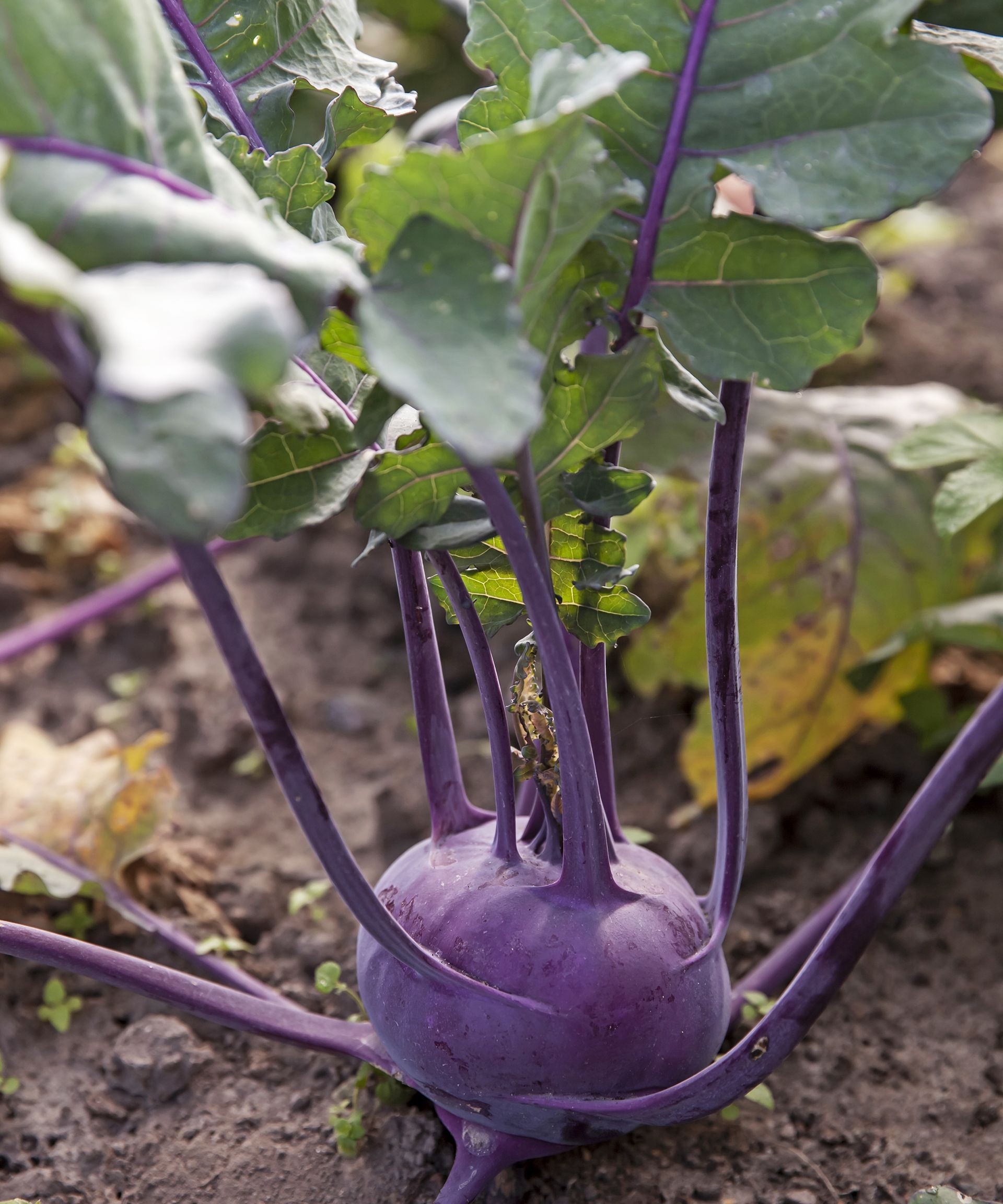 A unique kohlrabi bulb growing above the soil in the garden, a versatile fall vegetable
A unique kohlrabi bulb growing above the soil in the garden, a versatile fall vegetable
This versatile vegetable can be enjoyed raw in salads or slaws, or cooked like turnips or cabbage. Kohlrabi is relatively fast-growing, maturing in 55-70 days, and is quite frost-tolerant, making it well-suited for a mid-to-late summer sowing for fall harvest. Harvest the bulbs while they are still tender, before the stem becomes woody. Stored properly in the refrigerator, they can remain crisp for weeks.
Brassicas: Hearty Choices for Fall
The Brassica family includes many cool-season favorites like kale, broccoli, cabbage, and cauliflower. These plants thrive in cooler weather and can be excellent crops to follow tomatoes.
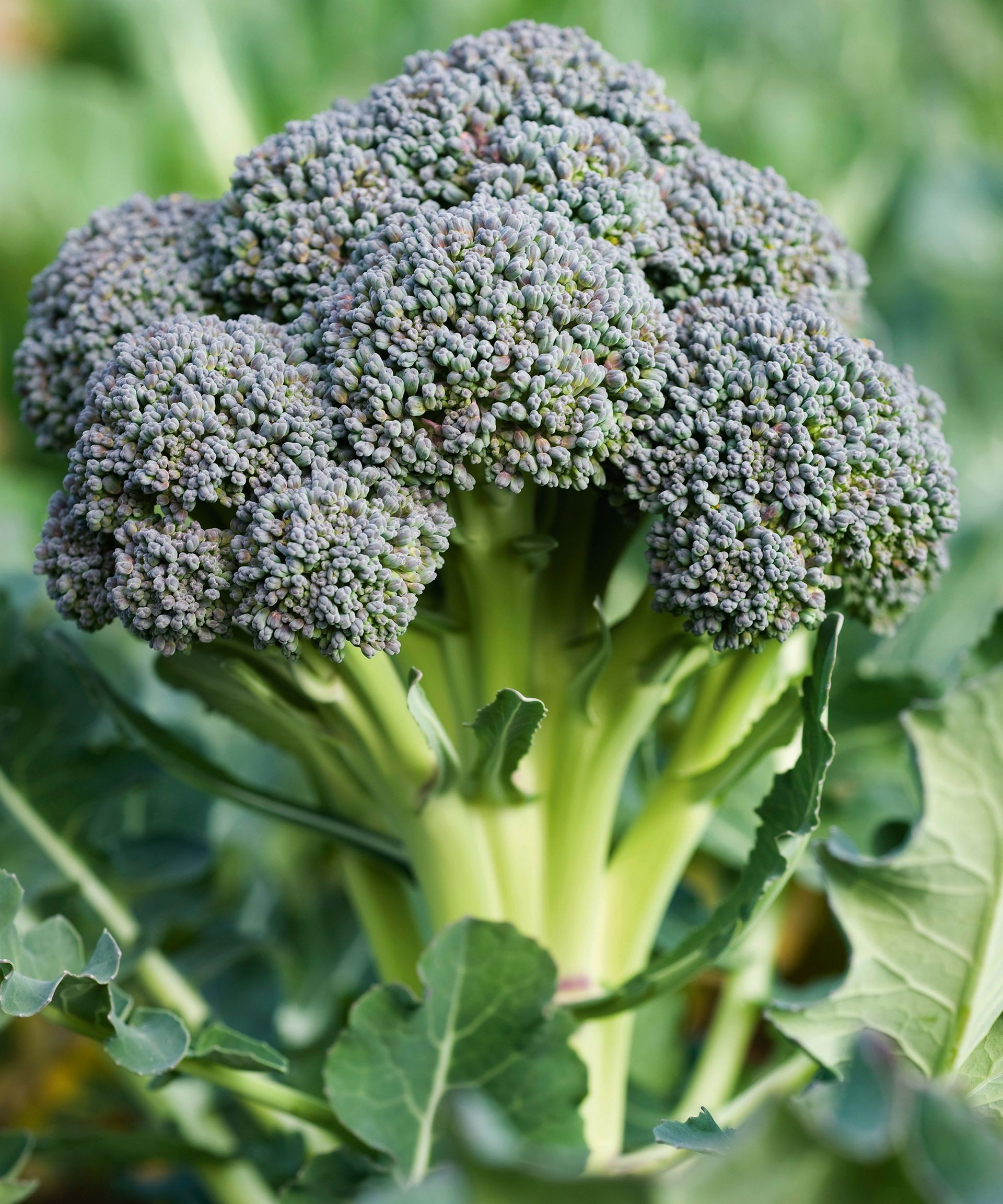 A developing broccoli head surrounded by leaves, a robust brassica for the fall garden
A developing broccoli head surrounded by leaves, a robust brassica for the fall garden
Start seeds indoors or sow directly in the garden about 6-8 weeks before the first expected frost, or transplant seedlings started indoors approximately 4 weeks before the frost. In milder climates, some brassicas can even overwinter with protection.
Protecting Your Late-Season Harvest
To maximise your fall harvest, especially in colder regions, consider offering your plants some protection. Simple structures like cold frames or low tunnels covered with plastic sheeting or row covers can create a warmer microclimate, extending the growing season significantly.
Row covers also serve a dual purpose by protecting plants from late-season insect pests. While some summer pests may be less active, others like aphids can still pose a threat to brassicas and leafy greens. Using physical barriers like row covers or applying organic solutions like horticultural soap at the first sign of trouble can help keep your plants healthy and productive. For cauliflower, tying the outer leaves over the developing head helps protect it from sunscald, keeping it white and tender.
By strategically planning and planting cool-season vegetables, you can transform your garden’s quiet season into a period of continued abundance. Enjoy the satisfaction of harvesting fresh, flavourful produce long after your summer tomatoes are just a memory.
The possibilities for a thriving fall garden are endless. If you’re ready to extend your growing season and experience the joy of a late-season harvest, explore the range of high-quality seeds, soil amendments, and gardening supplies available at Biogarden.asia. We have everything you need to make your fall garden dreams a reality.



